Safety Tech
About This Job
Company Overview
CB&I® is the world's leading designer and builder of storage facilities, tanks and terminals. With more than 60,000 structures completed throughout our 130-year history, we have the global expertise and strategically-located operations to provide customers world-class storage solutions for even the most complex energy infrastructure projects.
Overview
•
Responsible for field level implementation of health, safety and environmental policies, procedures and guidelines as instructed.
•
Developing and overseeing plans to meet project Objectives, Targets and Goals aligned to the Area
Responsibilities
•
Responsible for a particular project or worksite
•
Provide effective leadership and drive personal accountability to improve safety performance
•
Risk identification and management, incident reporting and investigation
•
Follows all hazardous waste handling guidelines.
•
Conducts inspections and assessments
•
Conduct field safety observations aimed at identifying risks with follow-up
•
Record keeping and other general administrative duties
•
Lead safety projects and initiatives designed to address areas of high risk or injury
•
Responsible for observing and complying with all safety and project rules, including wearing required personal safety equipment.
•
Collaborate with other safety personnel to support products provided to business segments
•
Performs other duties as required
•
Manage and coordinate excavation projects from start to completion
•
Assists/accompanies employees to the occupation clinic/hospital, if needed
•
Review/Approve subcontractors and vendors for equipment and services, in proximity with Area HSES Manager
•
Other duties connected with the HSES function, as directed by Manager or Senior Manager, HSES
•
Initiation of HSES training needs analysis and coordination of implementation
General Requirements
•
Access elevated work platforms and scaffolds through use of ladders, stairways, or other designed access ways
•
Climb structures utilizing appropriate fall protection and available handholds and footholds
•
Ability to prioritize and self-direct work activities with little direct supervision and participate in a geographically dispersed team environment
•
Compare and see difference in size, shape and form of lines, figures, and objects
•
Understand verbal instructions and written posted notices
•
Comply with all written and verbally communicated safety rules and procedures
•
Work in confined spaces
•
Maintain and use personal protective equipment
•
Use respirators and fresh air equipment when required
•
Regularly inspect the work areas to identify unsafe acts or conditions
•
Assist with incident investigations and compilation of reports, as needed
•
Observe work groups and provide guidance and coaching to personnel to perform work safely
•
Assist in delivery and observation of toolbox talks and JSA’s
•
Observe condition of equipment and report deficiencies
Physical Demands
•
Standing Required for most tasks
•
Walking Required when accessing work locations
•
Sitting Required while working in office setting
•
Lifting/Carrying Ranging from 20-50 pounds
•
Climbing When ascending and descending structures
•
Stooping When working in limited spaces or at foot level
•
Crouching required for working in limited space or at foot level
•
Reaching Required for most tasks
•
Handling Required for most tasks
•
Gripping Required for most tasks
•
Vision Normal Depth perception and field of vision required
•
Hearing Adequate hearing with or without hearing aid required
Environmental Conditions
•
Outdoor exposure to weather elements (heat, cold, sun, snow, wind, rain etc.)
•
Work effectively at heights without disorientation on construction scaffolds and ladders which may be heights over 100ft while utilizing fall protection
•
Work in confined spaces
Qualifications
•
Access elevated work platforms and scaffolds through use of ladders, stairways, or other designed access ways
•
Climb structures utilizing appropriate fall protection and available handholds and footholds
•
Ability to prioritize and self-direct work activities with little direct supervision and participate in a geographically dispersed team environment
•
Compare and see difference in size, shape and form of lines, figures, and objects
•
Understand verbal instructions and written posted notices
•
Comply with all written and verbally communicated safety rules and procedures
•
Work in confined spaces
•
Maintain and use personal protective equipment
•
Use respirators and fresh air equipment when required
•
Regularly inspect the work areas to identify unsafe acts or conditions
•
Assist with incident investigations and compilation of reports, as needed
•
Observe work groups and provide guidance and coaching to personnel to perform work safely
•
Assist in delivery and observation of toolbox talks and JSA’s
•
Observe condition of equipment and report deficiencies
Similar Jobs

Safety Tech
Brown and Root Industrial Services
Alvin, TX
17 days ago
PP
Safety Technician
Polk Production Technologies, Inc.
Corpus Christi, TX
3 days ago

Safety Technician
Scrap Metal Services
Brownsville, TX
13 days ago

Safety Technician
VECA Electric & Technologies
$83200 - $93600
SeaTac, WA
18 days ago
Safety Technician
Pennum Industries
$54080 - $72800
Pyote, TX
19 days ago
Safety Technician
Koch Specialty Plant Services, LLC
Houston, TX
20 days ago
Safety Technician
Koch Specialty Plant Services, LLC
Baton Rouge, LA
20 days ago

Safety Technician
Piping Technology & Products, Inc.
Houston, TX
27 days ago

Safety Technician
Spartan Companies
$45760 - $54080
Tooele, UT
27 days ago
Safety Technician
Steel Technologies
Murfreesboro, TN
about 1 month ago
UE
Industrial Safety Technician
URANIUM ENERGY CORP
Gillette, WY
11 days ago
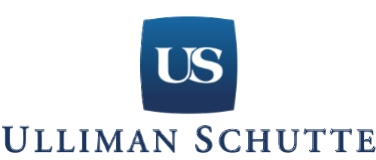
Safety Engineer
Ulliman Schutte
Alexandria, VA
17 days ago

Safety Engineer
Petticoat-Schmitt Civil Contractors
Jacksonville, FL
17 days ago
Safety Engineer
Gibson Electric
$80000 - $100000
Downers Grove, IL
19 days ago

Fire & Safety Tech
Crete United
Youngsville, LA
23 days ago
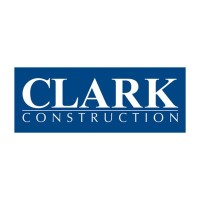
Safety Engineer
Clark Construction Group
San Francisco, CA
24 days ago
Safety Engineer
ArcelorMittal
Mobile, AL
27 days ago
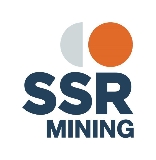
Safety Systems Specialist
SSR Mining
Valmy, NV
12 days ago
MI
Field Safety Technician
Malek Inc.
$37440 - $45760
Corpus Christi, TX
13 days ago

Safety Specialist
Freedom Solar Power
Austin, TX
3 days ago
Trending Jobs
Assistant General Manager, Navy Yard Electric Utility
$108000 - $108000
Philadelphia, Pennsylvania
25 days ago

Electrical Engineer
Dudley Staffing
$55 - $75
Canonsburg, Pennsylvania
4 months ago
Division Order Analyst
Dallas, Texas
16 days ago
Accounts Payable Clerk
$65000 - $65000
Dallas, Texas
26 days ago
DM
Apprentice Lineman
Delta Montrose Electric Association
Montrose, CO
about 1 month ago

contract landman
HPS Oil & Gas Properties
Lafayette, Louisiana
3 months ago

Attorney
Toeppich & Associates
Houston, Texas
about 1 year ago

Oil and Gas Land and Title Analyst - SAM Associate II
Bank of America
Dallas, Texas
about 2 months ago

Senior Landman
Greenlake Energy
Austin, Texas
about 2 months ago

Foundry Professionals
Penticton Foundry
British Columbia, Canada
18 days ago
Apprentice Lineman
Southern Pine Electric
Brandon, MS
about 1 month ago
Contracts Administrator
Third Coast
$70000 - $85000
Houston, Texas
about 1 month ago

Electrical Designer
Dudley Staffing
$45 - $60
Canonsburg, Pennsylvania
4 months ago
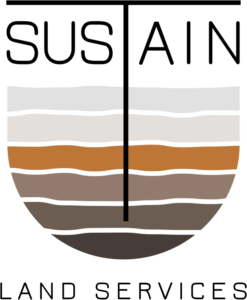
Title Landman
Sustain Land Services
Norman, Oklahoma
2 months ago
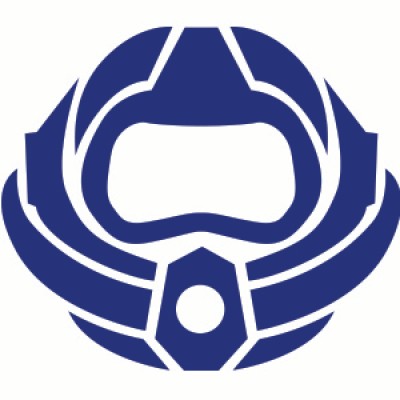
Deckhand
Ballard Marine Construction
Bradenton, FL
20 days ago
Apprentice Lineman
N Line Electric
$68640 - $106080
Longmont, CO
13 days ago
PS
Screen Printing Operator
Providence screen printing
$39520 - $41600
East Providence, RI
25 days ago

HSE Operations Manager
ProPetro Services, Inc
Midland, TX
2 days ago

Apprentice / Lineman
Saber Power Services
Rosharon, TX
23 days ago

Title Reviewer
Innovation Land Services
Pittsburgh, Pennsylvania
4 months ago